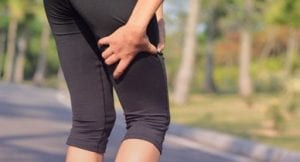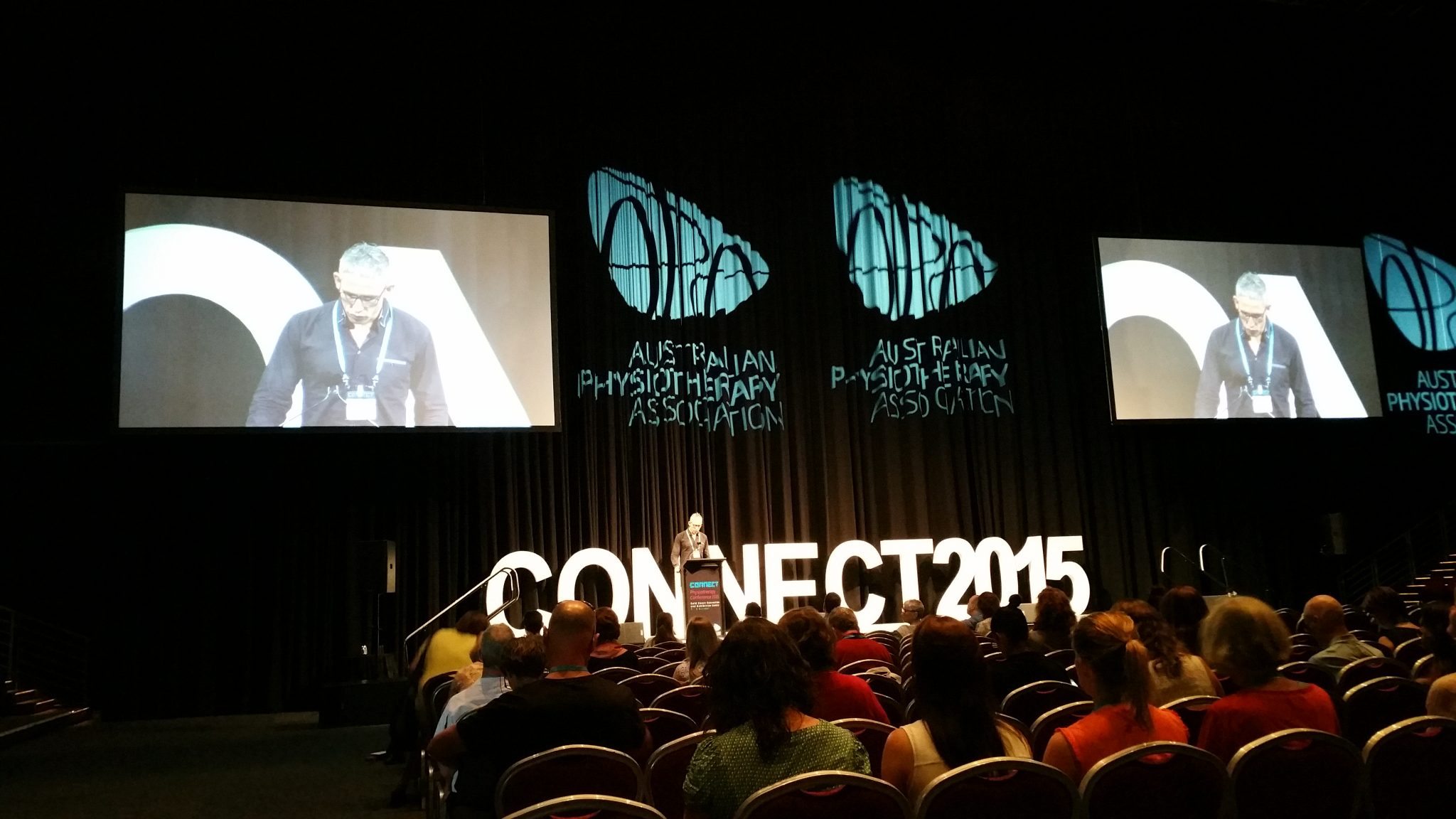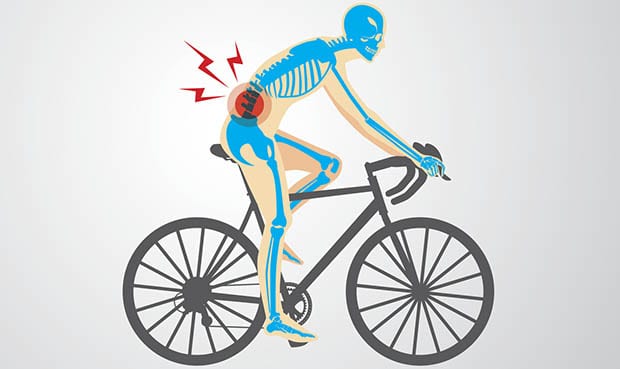Can I push through that pain while I am cycling?
5 weeks out from the iconic West Cycle Dams Challenge, as cyclists start pushing their bodies a bit harder in training, it is common to get a few niggles while riding.
Star Physio are experts in cycling injuries, prevention and bikefit. A common thing we see in the clinic are clients being told they need to stop cycling because they are getting pain or discomfort on the bike. This is usually not the case!
Pain does not mean damage!!!
For many years, it was believed that when we felt pain, there must be some sort of damage to the body that was causing that pain. Science now tells us that this is not the case, and that often there is actually no damage at all despite sometimes considerable discomfort. Star Physio are in the fortunate position of working closely with some of the world leaders in pain research through our association with local and international universities which helps to keep us “ahead of the game” in the understanding of this.
So, how do I know if I have an injury, or just pain?
The first thing you must ask yourself is what were you doing when the pain came on. Did you lift something too heavy or ride further than you ever had, maybe overdoing things? Yes, you may have an injury. Were you just riding along on your normal ride and suddenly you got sore, or were you not even doing anything, and you got a sudden sharp shooting pain in your back? As hard as it can be to believe, in these cases it is very likely that you are dealing with an irritation where there is actually no damage at all, even with severe pain! If in doubt, get it checked out by an expert physiotherapist who understands the current evidence, and importantly also understands your sport!

Muscle tears don’t happen in cycling!
I have been told that I have torn a muscle!
Every day at Star Physio we see clients for second and third opinions who have been told they have torn a muscle on the bike. In 25 years of working with cyclists, including world champion road cyclists who ride 1000 km per week and Olympic Gold Medalist track sprinters who put out in excess of 2500 watts, I have never seen a muscle tear while cycling!
Why don’t we tear muscles while cycling? Because the amount of force going into the muscle, and the rate of change of length of muscle is too low to tear muscle fibers in almost every case. Muscles typically tear under very high force, such as lift something too heavy, or under rapid acceleration such as in sprint running, but even this is relatively uncommon and overdiagnosed!
But I have pain in the middle of my muscle – it must be a tear!
Lots of things can give us pain in muscles, and certainly you don’t need to have a tear to get what feels like muscle pain. Commonly in cyclists we see areas under prolonged tension due to incorrect bike position. The classic areas are the buttocks and hamstrings, and less commonly in the calf and front of the thighs. Assessment often shows tissue sensitivity to stretch which is often related to the nerves passing through the area. Occasionally the lower back can refer pain into these areas as well.
What about my back pain? Is it a bulging disc?

Do I have a bulging disc?
This is where things start getting a bit tricky. Yes, you might have a bulging disc, and it might be contributing to your pain, but what we understand well now is that bulging discs are a normal finding in people who have no pain at all, particularly as we get older. In addition, if you get a scan for your back that shows disc bulges or joint arthritis, we can be very confident that in most cases your scan would have looked exactly the same before you had pain!
It can be tricky to get your head around at times, but what is reassuring is that once we understand why you have become sore, usually we can put a plan together to get you riding and exercising comfortably again soon!
So, what do I do if I start getting pain while cycling?
First thing is to ask yourself if you have overloaded something. If not, there is a good chance that it is merely an irritation, and it is safe to keep riding. If the pain increases, or you are worried you might have injured something, get it checked out ASAP by an expert physiotherapist. But remember, not all physiotherapists are the same, and if you are told you have torn a muscle, get a second opinion!
The next question is, what has changed? Have you just stepped up training too fast, or is there something about your position on the bike that is not working, or have you changed bikes, or even just a component or your position. Cycling is a unique sport that requires many thousand pedal revolutions while being supported by the saddle, pedals and hands in positions that the human body is not ideally designed for. Correct bike fit is a critical part of cycling. A very common problem we see every day is inadequate support from the saddle, leading to overload of other areas of the body and often leading to back pain, neck pain, hand and foot numbness. Read more here if you are not comfortable on your bike, even if you have had what you understand to be a professional fit. Not all bikefits are the same either!!!
Call Star Physio today on 92124254, get in touch with the button on this page or book online now by clicking BOOK NOW and get back on your bike, pain free, quickly!

Update from the Australian Physiotherapy Conference
Star Physio’s Dr Merv Travers, James Debenham and Damian Oldmeadow have recently returned from the biannual Australian Physiotherapy Conference. James is chair of the musculoskeletal group of the APA and was heavily involved in the conference. The major...
Cycling Time Trial Research at Curtin University.
Lennon Correia is conducting some research in to time trial performance with and without Kinesio or Rocktape. If you meet the criteria below and are interested in checking out your time trial ability and whether or not some Rocktape could make you go faster,...
Women’s Saddle Pain Cycling- Star Bikefit for Women
Women make up approximately 10% of the cycling population and unfortunately only get this percentage of attention from bicycle frame and equipment manufacturers! Are you getting saddle pain? Are your neck and shoulders hurting while cycling? Having bikefitter...
Don’t Waste Your Winter-Cycle and Tri Fit
Do you want to ride faster, be more efficient and reduce your risk of injury on the bike? Then Cycle Fit and Tri Fit conditioning classes @ Star Physio are what you have been looking for! Star Physio is excited to offer cycle specific conditioning sessions at its...

